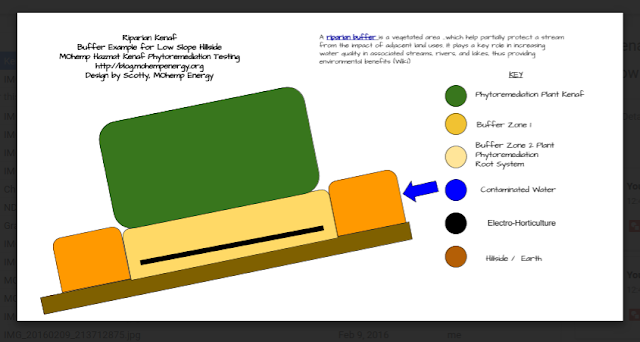Terra Johnson Douglas-February 13 at 6:44pm posted in West Lake Landfill.
 |
| Just Moms STL, non-profit group formed to unite & organize against a harmful Superfund radioactive waste site from the Manhattan Project in their Community |
Terra Johnson Douglas wrote Greg Wingard in Washington State
asking him to support our bill and contact his contact his Representative to support the bill. I also told him how
Gina McCarthy refused to meet with the Moms.
This was his response.
"Not surprised on Gina McCarthy. My understanding is that prior to her being the Administer, she worked on issues related to radiation for the agency, and was the one involved in making the call to shut down monitoring radiation on the west coast of the United States, a few months into the Fukushima accident.
I wrote our Region X, EPA Administer Dennis McClearan to protest this decision and was told by regional staff that the amount of available dilution in the Pacific Ocean was so great that it would not be possible to measure any increase in radiation over the existing background.
My response was that they were either ignoring, or refusing to consider the role of preferential pathways, including currents and materials such as plastic particulates that would tend to concentrate the radiation and keep it suspended in the water column rather than it falling out into the sediment (meaning it would tend to travel rather than settle). They disagreed.
Recent information from independent sampling, carried out by Woods Hole Institute researchers has shown that radiation off the coast of Washington has now increased three to four-fold over the previous background levels, with the fingerprint of isotopes demonstrating that Fukushima is the only possible source for the increase."
What on Earth is Going on at West Lake Landfill?
When odors from the neighboring Bridgeton Landfill became so intense, residents began making calls. What they unearthed was shocking! They learned that the adjacent West Lake Landfill houses massive amounts of illegally dumped nuclear weapons waste from the Manhattan Project, the U.S. – the secret U.S. military program created in 1942 to develop the atomic bomb.













